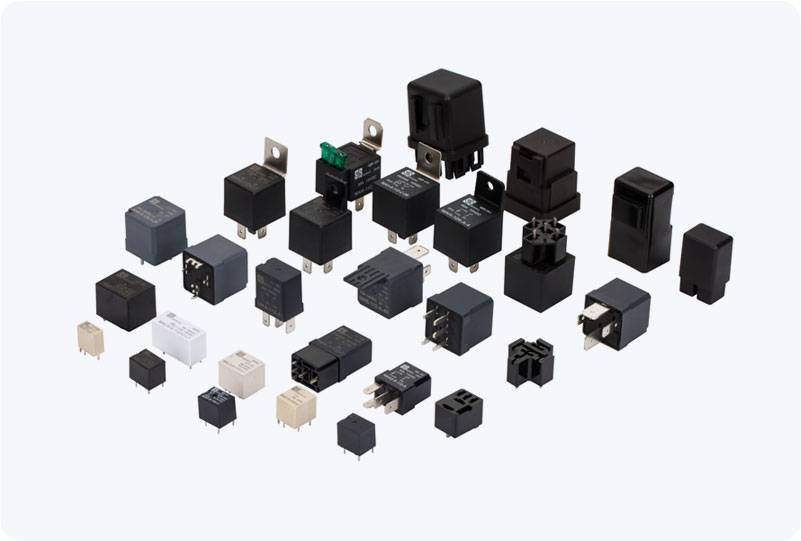understanding the battery main positive relay: an essential component for electric vehicles
Release time:2025-07-30 13:16:52
The Battery Main Positive Relay is a crucial electrical component commonly used in electric vehicles (EVs), hybrid vehicles (HEVs), and other high-voltage systems that require efficient power management. Its primary function is to control the flow of electrical current from the main positive terminal of the battery, ensuring that the energy is distributed safely and effectively to the vehicle's electrical systems. In this article, we will explore the significance, working principles, and applications of the Battery Main Positive Relay.

What is a Battery Main Positive Relay?
The Battery Main Positive Relay is an electrically operated switch that regulates the connection between the battery's positive terminal and the rest of the vehicle's electrical components. This relay ensures that the high-voltage current is safely managed, protecting both the battery and the vehicle’s electrical systems from potential damage. When the relay is activated, it allows electrical current to flow from the battery to critical components like the motor, control systems, and other essential systems. Conversely, when deactivated, it cuts off the current, preventing unnecessary energy consumption and protecting the vehicle from potential electrical faults.

